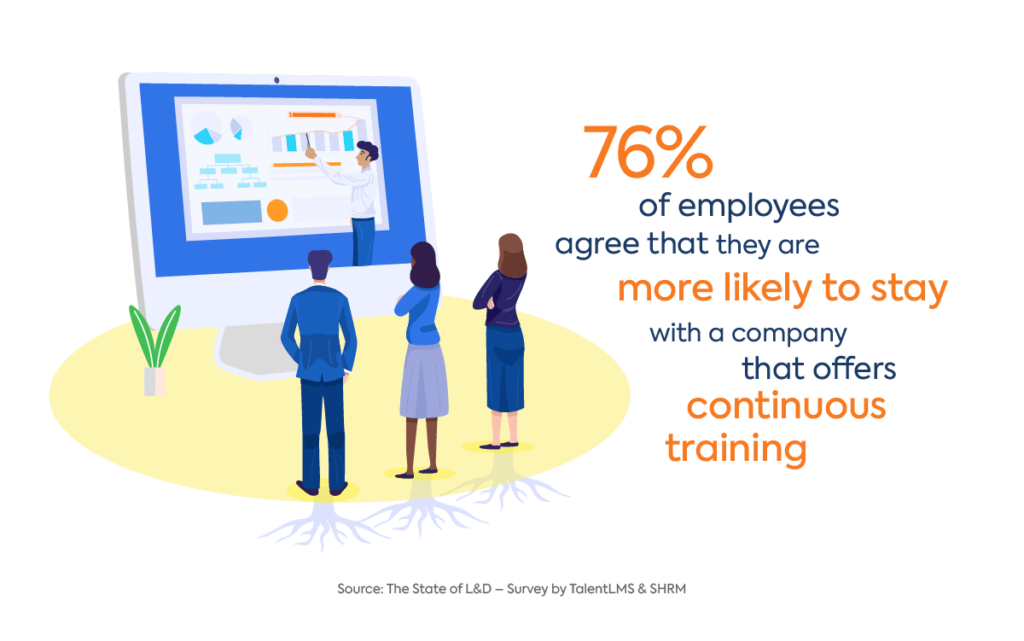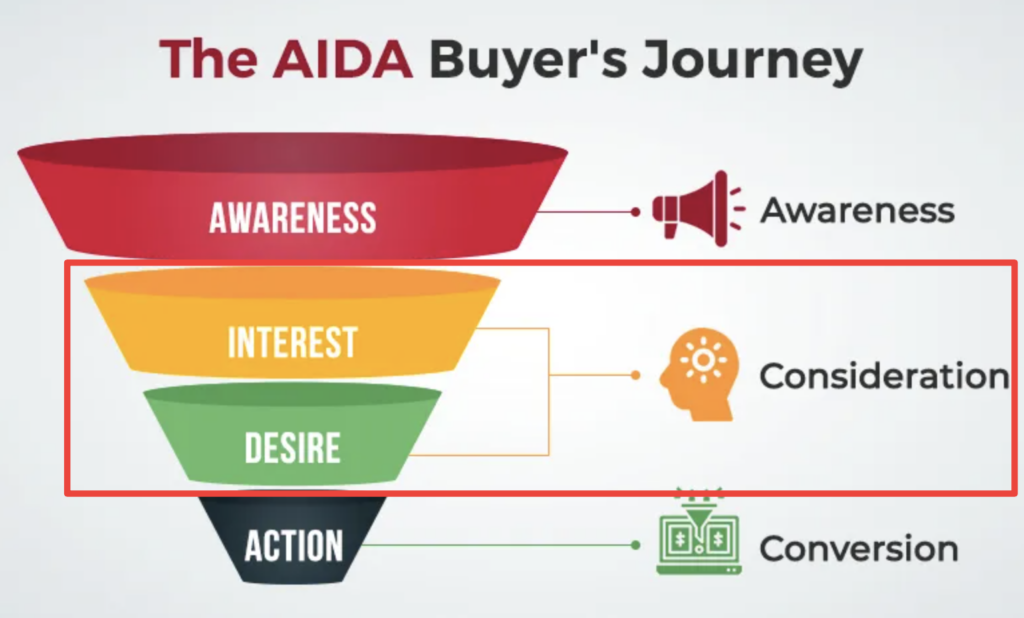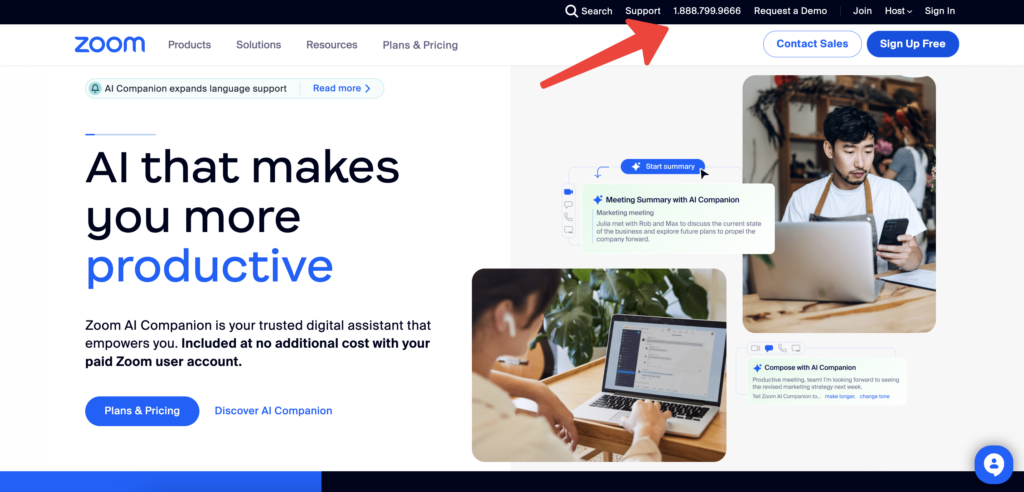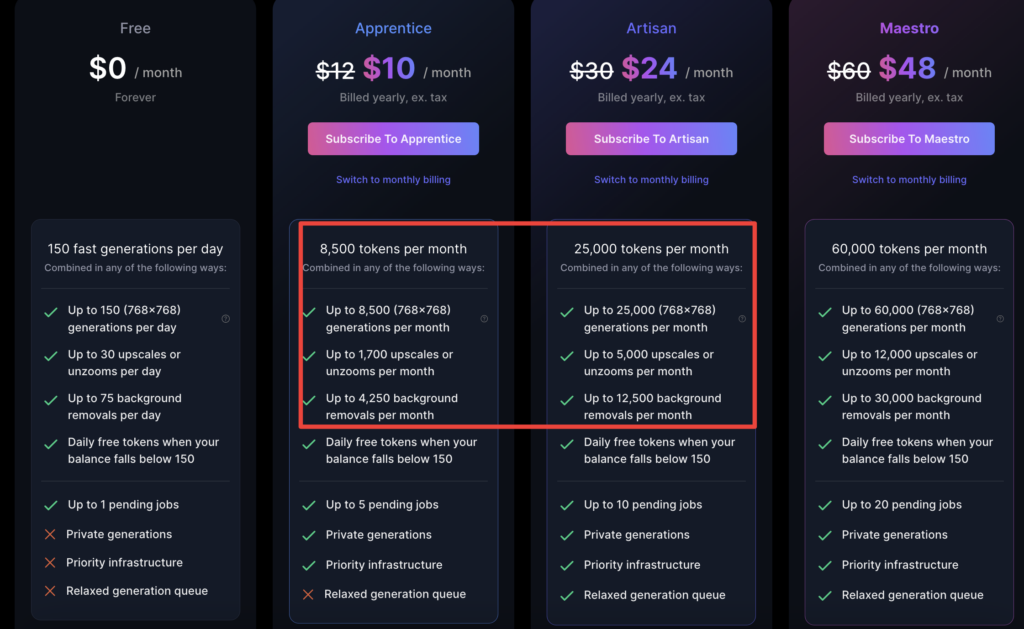According to Salesforce, “67% of sales reps don’t expect to meet their quota this year, and 84% missed it last year.” Also, 53% of sales pros say it’s harder to sell than a year ago.” While I doubt that the numbers are this high across the board, this data shows how common sales rep struggles are.
And let’s be honest. This is not an easy profession. With quotas to meet, tons of stress, and skeptical customers, most reps have their work cut out.
For this post, I’ll identify what I believe are the biggest sales rep struggles, pointing out how to recognize and swiftly fix them to get your sales team operating at its peak potential.
Poor Product Knowledge
Let’s start from the top. Sometimes the main reason for a rep struggling isn’t due to anything complex or convoluted. Sometimes they simply don’t have proper command of the products they’re selling.
When this is the case, it creates a negative domino effect where they struggle to convey value to leads, demonstrate how your products will make the lives of your leads easier, build trust, and so on.
And it’s easy to see why poor product knowledge can be such an issue, especially when it comes to SaaS. Many SaaS products, for example, have a wide range of solutions and features, and cater to different demographics like solopreneurs, small businesses, and enterprises. Just look at how many popular features HubSpot has.

If you throw a salesperson in head-first without adequate time to learn the ins and outs of your products, understand the greater context, and how the dots connect, their conversion rate is likely to suffer. That’s why offering robust training to ensure new reps not only learn how your products work and their benefits but how they fit into a customer’s business processes.
Also if you offer a wide range of products, it’s usually best to allow new reps to only focus on a few initially and gradually have them branch out over time as their knowledge grows. To learn how salesperson training can have up to 350% ROI, check out this article.
Inefficient Time Management
Here are a few stats I couldn’t believe regarding salesperson time management.
- Reps spend 70% of their time on non-selling tasks
- Sales representatives dedicate only two hours daily to active selling
- Administrative tasks take up an hour of sales representatives’ time daily
If your sales team is anywhere near these numbers, it’s guaranteed to hurt their performance. Just imagine only spending two hours a day actively selling.
So what’s the solution?
First, I suggest creating a tech stack that features the perfect mix of tools for activities like:
- Setting appointments – Calendly is great for this
- Customer relationship management – HubSpot is an excellent choice
- Task management – I love Trello
- Time tracking – Toggl Track is great
That alone can make a big difference.
Next, your salespeople must prioritize tasks and focus their attention on 1) actually selling rather than administrative tasks and 2) going after hot leads rather than squandering their time on those that still need nurturing.

There are a ton of lead-scoring platforms out there, but ActiveCampaign is one of my favorites because of its simplicity and user-friendliness.
Also, if you find your team constantly swamped with repetitive administrative tasks, it’s smart to hire someone to handle this part of sales so you can free up your sales reps’ time for more important matters.
Lack of Motivation
Even if you have the most skilled, talented, superstar salespeople, their productivity will likely be minimalized if they lack motivation. And considering 79% of today’s workers are disengaged to some extent, this is an issue you’re almost guaranteed to encounter at some point.
So what leads to a lack of motivation?
Poor compensation and lackluster incentives like rewards and benefits are a big reason. Overlooked achievements where major accomplishments go unnoticed are another. Also, having little to no career development opportunities can cause salespeople to stagnate, as there’s not much of a reason to keep pushing.
While you can’t necessarily expect every rep to give 110% effort every single day, your workforce should be sufficiently motivated. Otherwise, you’ll want to identify the root problem (likely one of the issues I just mentioned) and figure out what you can do to remedy the situation.
For a deep dive into this topic, I suggest reading this article from The Harvard Business Review.
Difficulty Closing Deals
Imagine this. Your marketing team has done an amazing job cultivating high-quality leads — individuals who have expressed a clear need and interest in your product — and served them up on a silver platter for your sales team. But despite being ultra-qualified, the conversion rate is far lower than what it should be.
This can be incredibly frustrating, and if left unchecked, it can suck the life out of your ROI and put a damper on company morale. But what can you do about it?
It starts by understanding some common reasons why reps fail to close deals, such as:
- They don’t fully understand your product (this goes back to our first point)
- They’re unable to explain the full value of your product
- They’re not truly listening to the needs of your leads
- They’re not skilled at persuading leads to pull the trigger
- They give up too easily
Of course, there are a ton of other potential reasons for a low conversion rate, but these are good places to start. Once you identify a possible culprit, zero in on what you can do to help your reps improve in that department.
For instance, if they’re unable to convey your UVP, you may want to create a bullet list of the core benefits for each customer persona. Or if they’re not fully listening to your leads, you may want to provide coaching on how to improve active listening.
Identifying and Overcoming Sales Rep Struggles
Even the best of the best salespeople will struggle from time to time. Your job as a team leader is to quickly pinpoint performance issues and help steer your reps back on track.
To streamline the process of identifying and eliminating weaknesses in your sales recruiting, check out the HireDNA Hiring Readiness Assessment.
















































